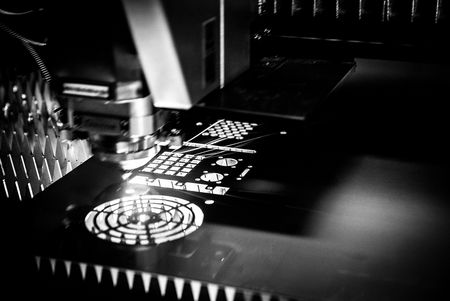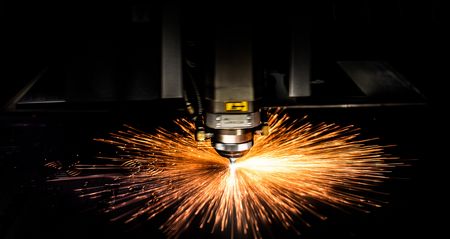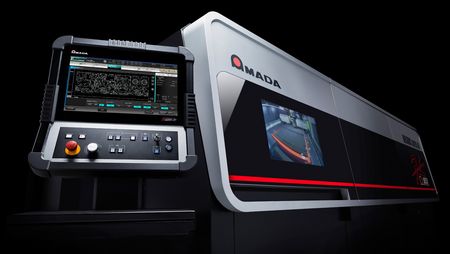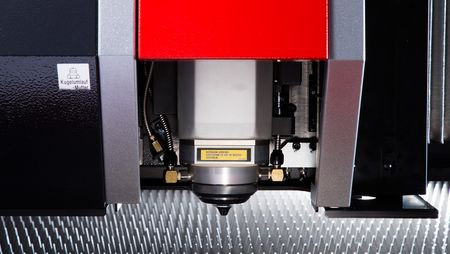Deepening the topic of compressed air laser cutting means introducing a central topic in the world of sheet metal processing: the role of Assist Gas, that is, the Assist Gases to the cutting process, and their impact on essential productivity parameters, speed of production and reduction of operating costs.

The essential role of assist gases
Service gases, including air, nitrogen and oxygen, play an essential role in the laser cutting process. In fact, laser machines do not rely solely on the light beam for metal cutting, but take advantage of the simultaneous gas jet to optimize the entire process and maximize the quality of the final result. The effectiveness and results that can be obtained depend on the material to be processed, its thickness and also the type of gas used.

The use of any type of gas, and in particular inert ones (such as nitrogen) determines a strong interaction with the molten material, which in turn causes the removal of the material itself and a product free from impurities. This is a fundamental use of Service Gases, which in this way enable cutting and marking with a high level of precision. It should not be forgotten, moreover, that some materials solidify quickly: if they are not removed very quickly, this can affect (in negative) the subsequent operations of the machine and the rest of the processing.

Service gases and the benefits of compressed air
For a long time the most used gases were first oxygen and then nitrogen, with very different characteristics. Then, and in this way we come to a trend of today’s market, compressed air began to be used as a broad-spectrum alternative. Since the air consists mainly of nitrogen (78%) and oxygen (21%), the goal was to be able to combine - at least partially - their benefits compared to the cutting process, but literally reducing its costs, so that air became the most efficient solution possible for a large number of processes, while in specific cases traditional gases are still used. Compressed air cutting has allowed to accelerate the machining of a variety of metals while reducing operating costs.

Today, compressed air cutting is an established reality for companies that aim for efficiency. Versatility is guaranteed by the broad spectrum of manageable materials, including aluminium, stainless steel and mild steel. From the point of view of production and the business above, compressed air cutting has a strong impact not only on product quality, but also on operating costs.

AMADA is a pioneer of compressed air cutting technology, which has become a real standard for all the fiber lasers that the company produces and offers on the market. Practically this means that, at no cost for the service gas, we can process different materials exploiting all the advantages listed above: whereas often nitrogen can represent most of the entire operating cost, the benefits are immediately visible.

The ENSIS AJ series, flagship in the fiber laser cutting segment, offers a number of distinctive features such as the Variable Beam Control unit, which can change the beam mode depending on the material and thickness to be processed; the cooling water cutting system, but also the compressed air cutting technology, which can lead to a strong cost reduction compared to processing with nitrogen. Last but not least, the Clean Fast Cut technology, which optimizes the use of service gas to reach speeds up to twice as high, hence a reduction in cost per piece and a significant increase in productivity.